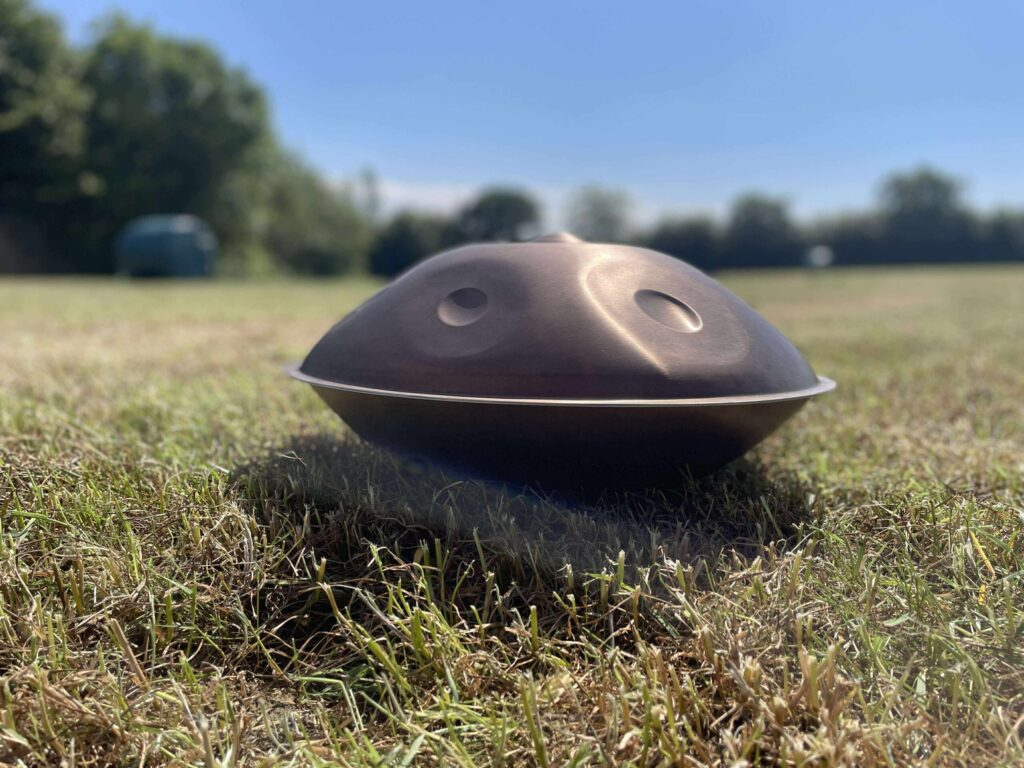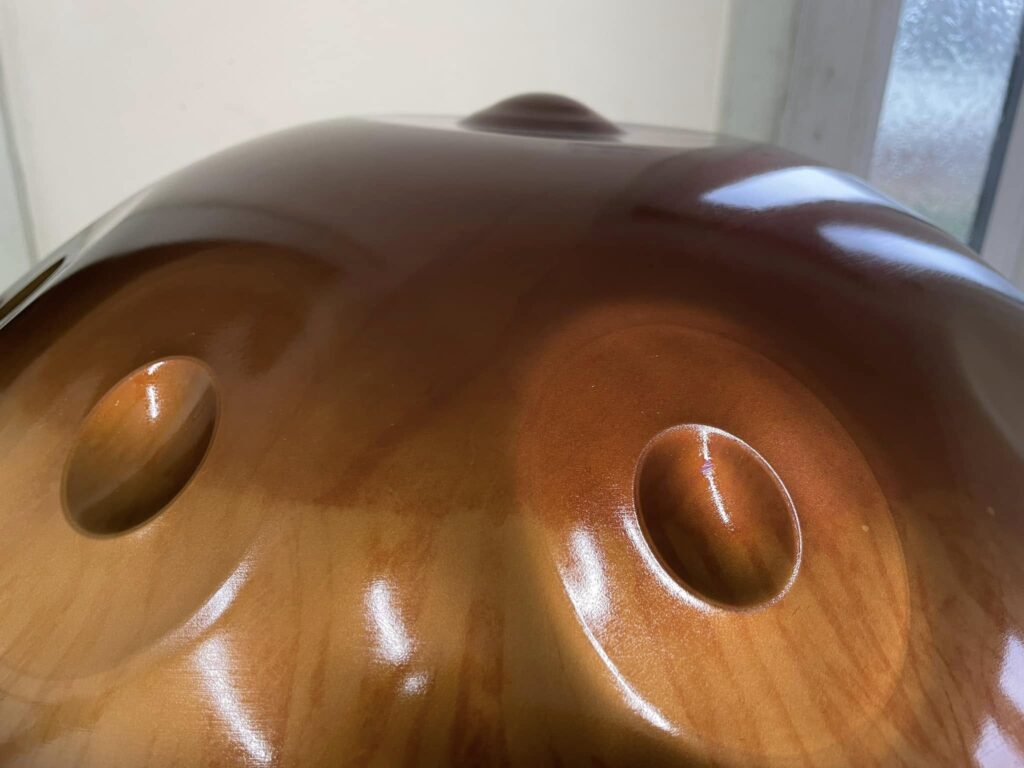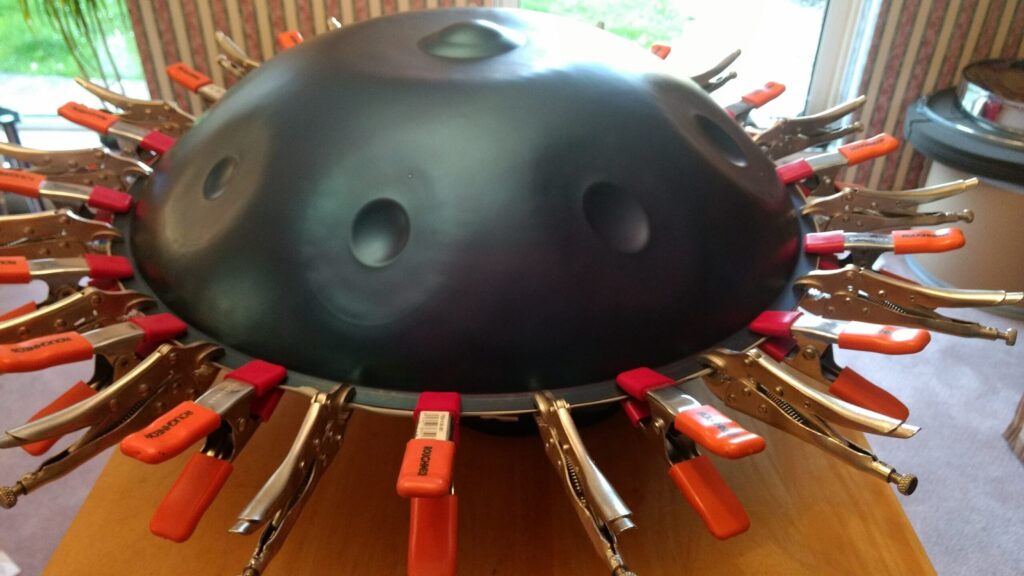
How to Choose
How to Choose a HandPan: A Beginner’s Guide Choosing your first HandPan is exciting, but with so many scales, materials, and makers out there, it can be overwhelming. This guide will walk you through everything you need to know to make the right choice based on your musical goals, experience level, and budget. Understanding Handpans The HandPan is a melodic percussion instrument made from tuned steel. Played with the hands, it produces soothing, resonant tones. Each HandPan is tuned to a specific scale, meaning the notes are fixed, so choosing the right one depends on your musical taste and intention. Selecting the Material Most HandPans are made from either Nitrided Steel or Stainless Steel: Nitrided steel: Offers a traditional HandPan sound and good resistance to rust (with proper care). Stainless steel: More resistant to rust and often has a longer sustain – great for meditative or ambient music. Stainless steel is an excellent choice if you plan to play in public settings such as schools, therapy sessions, or workshops, where both durability and rich resonance are important. HEAR THE DIFFERENCE Nitrided Stainless https://youtu.be/MLcmye1JInA?si=TJbfFnKNHZREOm08https://youtu.be/6D_ZjyqcMoU?si=qbMp8C0fL8u9TcAJ UNDERSTANDING THE Frequencies Most HandPans are tuned to 440Hz, the global standard for musical pitch, making them ideal for playing with other musicians or standard instruments. However, other tunings are also possible. For example, 432Hz is often chosen for its softer, more meditative quality and is popular in sound therapy, yoga, and wellness practices. Choose the frequency that best suits how and where you plan to play. HEAR THE DIFFERENCE 440Hz 432Hz https://youtu.be/uw05GwX_ZpM?si=48JdiMZSEx6IKhCThttps://youtu.be/l6ozLiAHNHo?si=cnXxFsYmAzDr2fAZ Choosing the Right Scale The scale is the most important factor when selecting a HandPan. Common types include: Minor scales (like D Celtic or Kurd): emotional, introspective Major scales (like A Major): uplifting, joyful Exotic/scales with Eastern influences (like Hijaz): mystical and dramatic The right scale is a very personal choice – the scale defines the mood and melody of your HandPan. If you’re just starting out, we usually suggest one of the D Minor scales like D Celtic or D Kurd. They are versatile, beginner-friendly, easy to learn, and popular if you ever decide to sell your instrument. HEAR THE DIFFERENCE D Celtic D Kurd https://youtu.be/Rmp5s8gjQT0?si=aAKL7oDhHxnYGVjthttps://youtu.be/zFkxRrgtTCY?si=pfuOzY3lBX6ODmJ6 Considering Size and Portability Most HandPans are compact and easy to carry, but size can vary. Some smaller HandPans are lightweight and perfect for travel, while others are larger and better suited to a studio or home setting. Standard size 21”: Well-balanced for sound and offers a wide range of scales, but it’s heavier and might be challenging for some to hold and play on the lap. Mini, or Travel size 18”: Lighter and easier to hold. Great for travel and ideal for younger players, smaller individuals, or those with back issues. Less resonance and limited in note range. If comfort or back strain is of concern, consider using a floor or tabletop stand. considering extra requirements HandPans are naturally calming and therapeutic instruments; their soothing tones and intuitive play style make them ideal for wellness, education, and healing. But sometimes, specific physical or therapeutic needs call for additional adaptations. At PanStream, we offer custom-built handpans tailored to individual requirements, including: Larger notes and outward-facing dimples to make playing easier for people with limited strength, dexterity, or coordination Healing scales and note combinations designed to support certain aspects of well-being Alternative tunings besides 440Hz and 432Hz Whether you’re working with children, adults with additional needs, or using music in a therapeutic setting, we can design an instrument to meet your goals, both physically and musically. Get in touch if you’d like to explore custom build options, we’re always happy to help. Determining the Number of Notes HandPans usually feature 8 to 10 notes on the top shell, plus a central bass note (called the “ding“). More advanced models, also called Mutants, include extra top and bottom notes for extended range. Fewer notes (7–8): Easier to play and perfect for beginners. More notes (10–12+): More musical flexibility, but slightly more complex to master. Budgeting and Price Ranges A quality HandPan typically costs between £1,200 and £2,500, depending on the maker, scale, and material. Be cautious of cheap HandPans online, poor tuning can make them frustrating to play and impossible to retune. Entry-level [up to 10 notes]: £1,000–£1,400 Professional-grade [10+ notes]: £1,500–£2,500+ Listen Before You Buy For a complete beginner, the best way to choose their first HandPan is by listening to as many as possible. This helps you develop an ear for different scales, tunings, and makers. Attend as many HandPan gatherings, workshops, or live performances as possible. These events offer a unique chance to hear a variety of instruments, meet other players, and often try out different HandPans yourself. If attending in person isn’t an option, spend time on YouTube or social media listening to high-quality recordings. Compare different scales and makers, and pay attention to how each HandPan resonates with you – the one that draws you in most is often the right place to start. Where to Buy a Handpan You can buy a HandPan directly from trusted makers, from select online stores, or even from a few physical music shops, like one in Glastonbury and likely others. At PanStream, we offer high-quality HandPans handcrafted and tuned by Mark Wilson, ensuring that each instrument meets the highest standards of sound, quality, and tuning. Beautiful, responsive HandPans made by an experienced UK-based (Devon) tuner Range of instruments to suit different levels, from beginners to seasoned players A personal buying experience with honest advice based on years of experience Sound samples to help you choose the right scale Fair return and support policy Final Tips for First-Time HandPan Buyers Listen to a variety of makers and models to understand the differences in sound and feel. Consider your comfort and posture – make sure the size and shape of the handpan suit your playing style. Don’t stress about finding the “perfect” first instrument – your preferences will naturally evolve as you gain experience. Try before you buy, if possible – some tutors or


